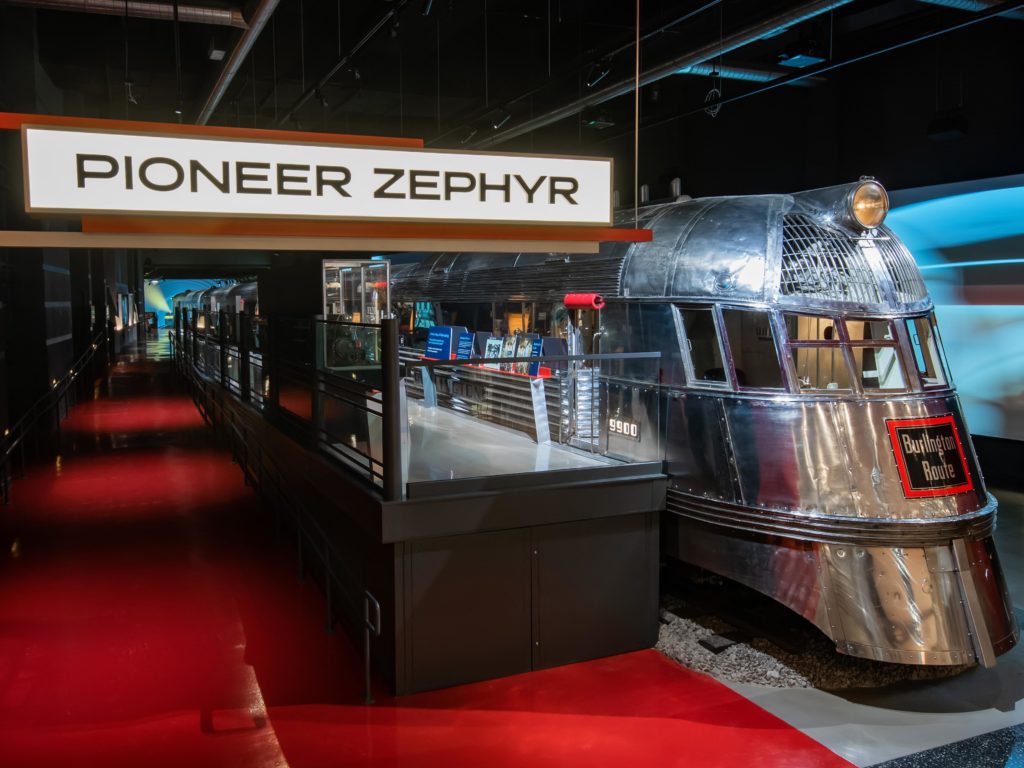Handling a Seasonal Workforce with Automated Onboarding Software
It isn’t every day you get to step into a tornado and get a chance to control it, too, except any day at the Museum of Science and Industry Chicago. MSI Chicago is not just for tornado lovers, but it is also for lovers of trains, submarines, and even superheroes.
In addition to the chaos and catching up with on-boarding and off-boarding, MSI Chicago was spending significant money on highly skilled sysadmins to take care of account and access creation – a job that was not liked by these highly skilled resources. These problems demanded an effective solution in the form of automated employee onboarding and profile management software.
Hire2Retire Automates Employee Profile Management for MSI Chicago
So, MSI Chicago put Hire2Retire, RoboMQ’s fully automated business process automation solution, in place. Hire2Retire receives employee HR events from ADP as the master system of records (SOR). The employee events created new employees in Active Directory (AD), updated their identity profile and role-based system access, and performed terminations in near real-time.
Hire2Retire’s ADP to AD integration enabled MSI Chicago to keep up with the seasonal hires without the need to hire additional AD system admins, streamlining onboarding, terminations, and role changes while saving time and money.
Ready to Get These Results for Your Organization?
RoboMQ is not affiliated, associated, authorized, endorsed by, or in any way officially connected with any of HR systems that it provides integration with and are mentioned in this post. All product and company names are the registered trademarks of their original owners.

Bramh Gupta
Bramh Gupta is the founder and CEO of RoboMQ. He has a background in large scale real-time manufacturing systems, telecommunications and design and architecture of highly scalable and resilient enterprise systems. He is passionate about real-time integration and the value that it brings to business operations and critical decision making.
Bramh holds an MBA from the Kellogg School of Business and Industrial Engineering degree from the National Institute of Technology, Jamshedpur. Bramh combines his business insights and architectural skills to design and create highly scalable, integration platforms and tools that are needed to power the API economy.

Bramh Gupta
Bramh Gupta is the founder and CEO of RoboMQ. He has a background in large scale real-time manufacturing systems, telecommunications and design and architecture of highly scalable and resilient enterprise systems. He is passionate about real-time integration and the value that it brings to business operations and critical decision making.
Bramh holds an MBA from the Kellogg School of Business and Industrial Engineering degree from the National Institute of Technology, Jamshedpur. Bramh combines his business insights and architectural skills to design and create highly scalable, integration platforms and tools that are needed to power the API economy.





